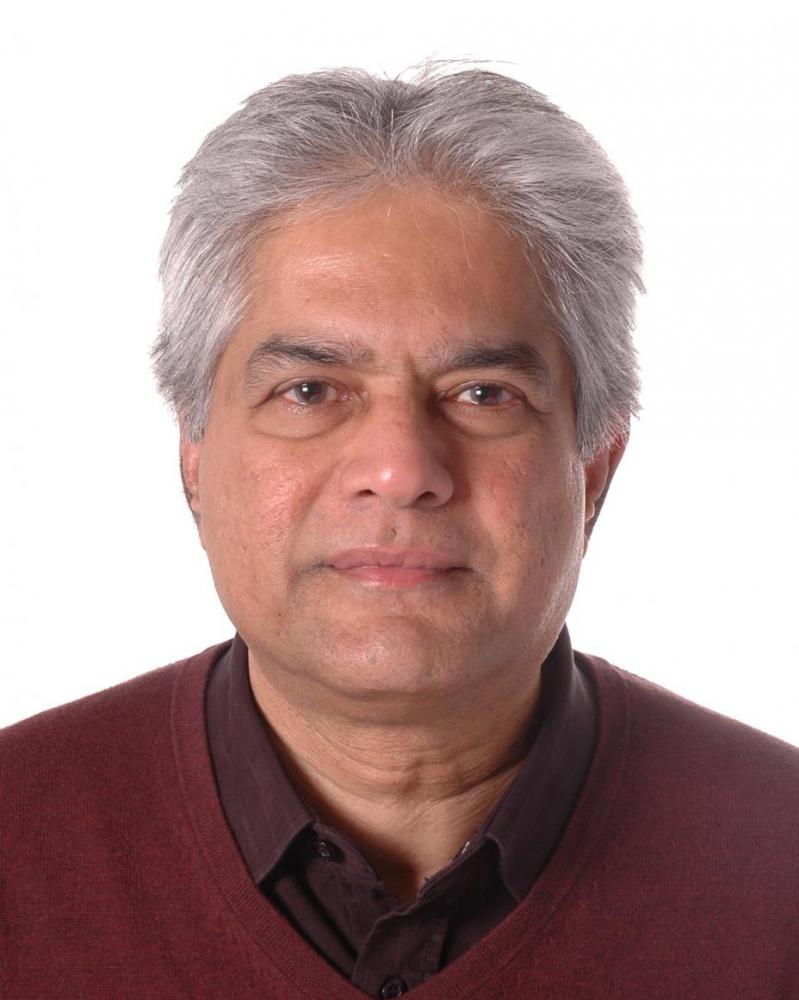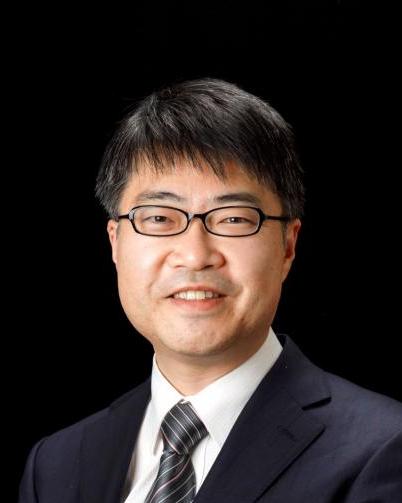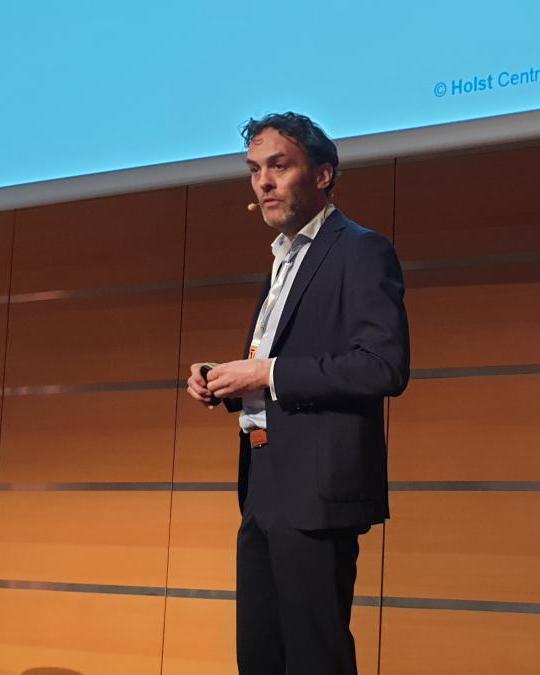Ultra Low Power Sensor Interfaces for IoT
Professor Arokia Nathan
This talk will review the integration of oxides and fully printable organics for newly emerging application areas related to wearables and the Internet of Things. We will discuss the critical design considerations to show how device-circuit interactions should be handled and how compensation methods can be implemented for stable and reliable operation. In particular, the quest for low power becomes highly compelling in wearable devices. We will discuss transistor operation in the different regimes, and review device properties when operated in the deep sub-threshold regime or in near-OFF state, addressing the pivotal requirement of low supply voltage and ultralow power leading to potentially battery-less operation.
Stretchable nanomesh electronics for wearables and in vitro characterizations
Professor Takao Someya
Stretchable electronics are expected to open up a new class of applications ranging from wearable electronics for health-monitoring and human-machine interfaces, implantable electronics, and in vitro characterization. Wearable technology can enable continuous, long-term monitoring and lead to the personalization of medical care that can help people stay healthy and prevent more serious health problems from happening in the first place. In order to expand emerging applications of wearable technologies, soft biomedical sensors have attracted much attention recently. In order to minimize the discomfort of wearing sensors, it is highly desirable to use soft electronic materials particularly for devices that come directly into contact with the skin and/or biological tissues. Thanks to recent progress of soft electronics, intimate and conformal integration of electronics with the human skin can be created to continuously monitor health conditions. It can monitor small changes that occur very gradually over long periods and, therefore, have tremendous potential to drastically change the nature of the examination and treatment of medical conditions. In this talk, recent progress and outlook of wearables using stretchable devices will be reviewed. In particular, I report a newly developed hypoallergenic electronic sensor that can be worn on the skin continuously for a week without discomfort. It is so light and thin that users forget they even have it on. The elastic electrode constructed of breathable nanoscale meshes holds promise for the development of noninvasive on-skin devices that can monitor a person's health continuously over a long period. Then, similar nanomesh sensors is applied to in vitro characterization. These can monitor the field potential of cardiomyocytes on gel, while enabling them to move dynamically without interference.
Fundamentals and applications of hybrid printed Electronics and how to integrate into flexible, stretchable and three-dimensional products.
Corne Rentrop
Hybrid printed electronics become more and more available to integrate electronics in specific form-factors at high volume and low costs. There is no shortage of hybrid printed electronics concept ideas and product prototypes related to automotive, healthcare, smart packaging and buildings. Also the available production capability and functionality maturity for realizing these products are emerging enabling testing in an operational environment for end-users, interested in this technology.
The talk discusses the available manufacturing techniques for hybrid printed electronics comprising of state-of-the-art printing steps, electrical component assembly, post-processing steps, product integration steps and (electrical) characterisation methods.
The talk will be suplemented with manufacturing examples of high volume production prototypes at available pilot lines at the Holst Centre. On top of that we take a look at available methods for integrating electronics in 3D applications. In-mould electronics, and 3D printing are such foreseen technologies.










.png%3Fitok=Dhuteb14)
.png%3Fitok=0SdOmfTv)
